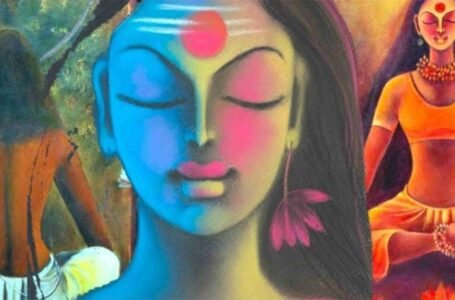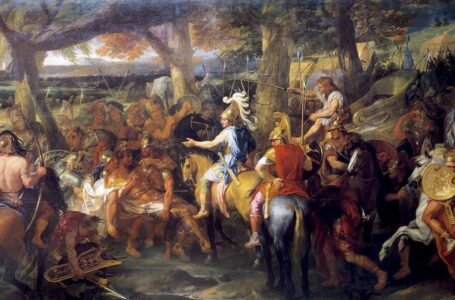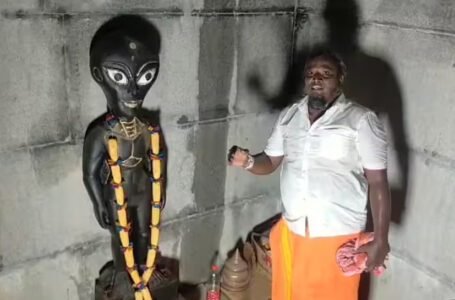Adivasi Literature: Indigenous Voices in Contemporary Indian Writing

Adivasi literature, have you ever heard that before? The chances are rare, but it is such an important part of our society and definitely should be added to our discourse. To delve deeper into this and understanding the literature, we first have to know what actually is Adivasi literature?
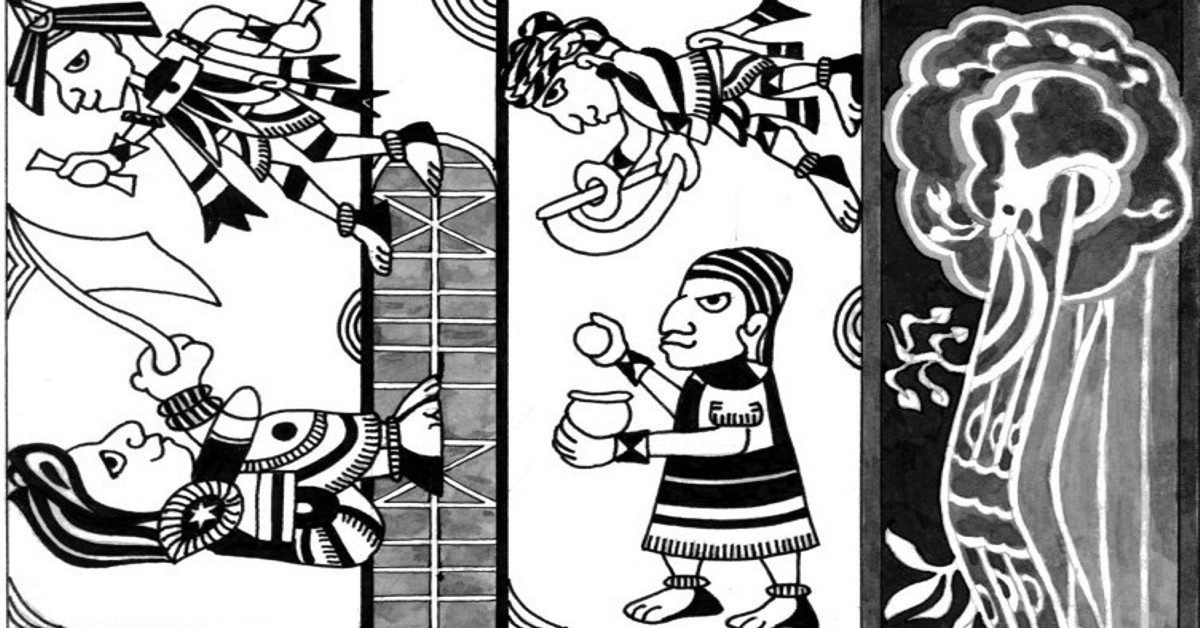
Adivasi literature is often referred to as the literary expression of tribal life and society through the lens of their worldview, it even holds a significance in global literary landscape. It is known by different names across different cultures, along with that it serves as a testament to the diverse experiences, struggles and triumphs of indigenous people. For instance, in Europe and America, it is acknowledged as Native American literature, coloured literature and slave literature, it reflects the historical context of colonization, slavery and fight for racial equality. Similarly, in African countries and Australia, it is recognized as African-American literature, black literature and aboriginal literature, respectively. This literature highlights the voices and narratives of marginalized community.
In the context of India, Adivasi literature stands out as a vibrant tapestry of stories, poems, songs and oral traditions that captures the rich cultural heritage and lived experiences of the indigenous people. It is commonly known as the Adivasi sahitya in Hindi and other Indian languages. This includes wide range of literary forms and genres, it serves as a reservoir of indigenous knowledge, wisdom and resilience.

Adivasi literature, reflects the ethos, beliefs and worldview of tribal communities, it offers a unique insight into their relationship with nature, land, spirituality and social structures. It is known to be deeply rooted in oral traditions which are passed down through generations via folk songs, myths, legends and rituals. these narratives not only entertain but also educate, it helps in preserving their ancestral wisdom and cultural practices for posterity.
What differentiates Adivasi literature is their emphasis on resistance and identity. With the help of their writings, Adivasi authors assert their agency and challenge dominant narratives that seek to marginalize or erase their existence. Themes of land right, displacement, cultural heritage and social justice permeates Adivasi literature, and reflects on the ongoing struggles of these indigenous communities against exploitation, discrimination and marginalization.
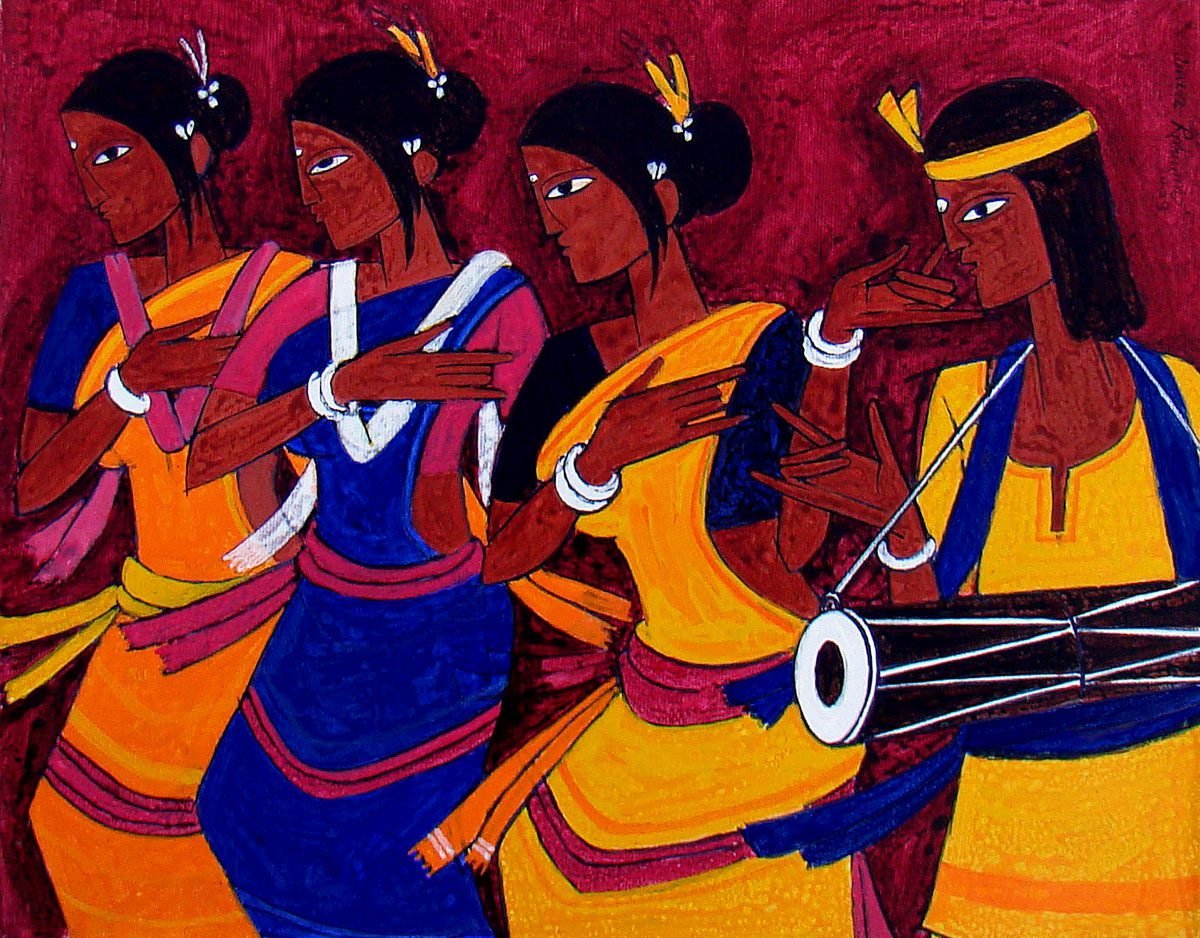
Few of the prominent authors like Mahashweta Devi, Mundra Punji, Ramdeo Tekam and Hari Ram Meena have made important contributions to the literary canon, they used their voice to amplify the concerns and aspirations of their community. Their work delves into the complexity of the Adivasi life and portray resilience, dignity and collective spirits of indigenous people. However, despite its richness and relevance, Adivasi literature faces several challenges. For instance, linguistic barriers limited access to education and publishing platforms, and economic marginalization pose significant hurdles for Adivasi writers. Moreover, the mainstream literary establishment often overlooks or marginalizes Adivasi voices, perpetuating stereotypes and misconceptions about tribal cultures.
Roots of Adivasi writing also known as Adivasi discourse trace back to the latter half of the 20th century, but its origin trace back to before Indian independence. Jaipal Singh through the Adivasi mahashabha, played an important role in establishing Adivasi identity, not just politically but culturally and literally. Munda’s publication, known as “ADIVASI SAKAM” which is a magazine for Adivasi people, and the Bihar government’s response with a magazine titles as “Adivasi”, marked an early milestone in Adivasi literary endeavours.
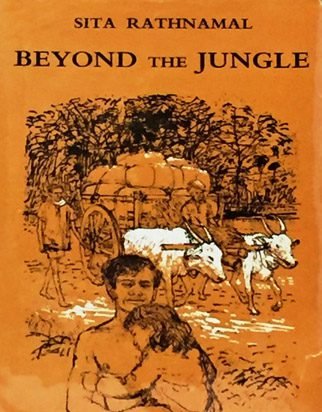
Adivasi narratives often weave together elements of folklore, mythology and everyday life. They create a tapestry of story-telling that is both captivating that is both captivating and illuminating. The lack of representation of Adivasi literature in mainstream literary crisis can also be attributed to the broader socio-political context of India. Despite being a diverse and multi-cultural country, India’s official recognition of language is limited to only 22 out of the more than 880 dialects and languages spoken across the country. Many of these languages belong to the Adivasi communities, they face systematic discrimination and marginalization in various spheres of society, and it also includes education and media.

Interestingly, Adivasi literature is also known as Orature, which rejects the notion of division within their society and embraces symmetry and equality in their worldview. This concept was pioneered by Ugandan writer, Pio Jirimu and was then embraced globally by Nagugi and Vandana Tate. It emphasizes that their oral traditions seamlessly transition into written forms. Adivasi literature flourished as tribal communities encountered modern education, notably in places like Jharkhand and the north east. Today, it thrives in English, Hindi and various Indian languages, with over hundred new titles annually. India’s sole Adivasi publisher, The Pyara Karketta Foundation, has been instrumental in publishing books in 14 Adivasi and indigenous languages for over 18 years, with strong community support.

Vandana Tate, analysed the tradition of Adivasi literature and introduced a ground-breaking classification system, she sheds light on the diverse range of writing and writers within this literary tradition. Her classification encompasses three different categories, each of which offers unique insight into the landscape of Adivasi literature. The first category, pertain to the Adivasi literature written on Adivasi subjects. Under this category, works by both non-Adivasi and Adivasi writers who delve into Adivasi themes, experience and perspective are included. Notably, Tate acknowledges the collaborative efforts of both non-aboriginals and Adivasi writers in exploring and amplifying their narratives. Authors like Ramnika Gupta, Rakesh Kumar Singh, and Mahua Maji contribute to this genre alongside Adivasi writers like Hariram Meena, Mahadev Toppo and I. Hsada. with the help of their writings, audience get a nuanced portrayals of Adivasi life, culture and struggles enriching the literary landscape with diverse voices and viewpoints.
Now, the second category identifies Adivasi communities who hails from the indigenous communities and write about their own experience and identities. These authors draw upon their personal lived experiences to craft narratives that authentically portray the Adivasi lived reality. Their works serve as a powerful expression of Adivasi selfhood, resilience and aspirations and contributes to the distinct genre of Adivasi literature rooted in indigenous voices and perspectives.
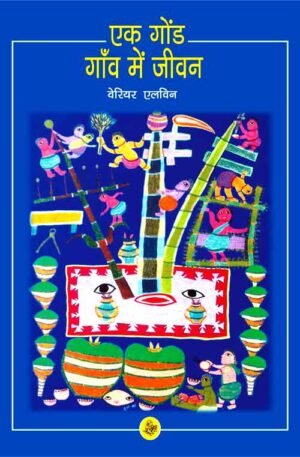
The third and the final category Tate talks about pertains to the Adivasi writers who recognize and incorporate elements of Adivasi philosophy into their literary creations. This category encompasses works that delves into the themes of Adivasiyat, which means the essence of being Adivasi, captures the cultural values, traditions and worldviews which are unique to the indigenous communities.
The Ranchi Manifesto of the Adivasi writing, presented at a two-day national seminar organized by the Organization of Indian Adivasi writers and peoples, serves as a pivotal movement in defining and shaping the discourse surrounding Adivasi literature. This manifesto underscores the centrality of Adivasi voices, perspectives and experiences within literary landscape, positioning Adivasi literature as a potent vehicle for cultural affirmation, social critique and political resistance.

This vibrant landscape of Adivasi literature, captures the rich cultural heritage and unique perspective of indigenous communities in India. From its origin in oral tradition to its contemporary expressions in written form, Adivasi literature reflects the resilience, creativity and diversity of these communities. Despite facing various challenges, like linguistic barriers and marginalization, Adivasi literature continues to flourish, thanks to the efforts of the writers, scholars and organizations dedicated to its preservation and promotion. As we continue to honour and celebrate, Adivasi literature, we celebrate the invaluable contributions of indigenous people to our shared cultural heritage and collective consciousness.
